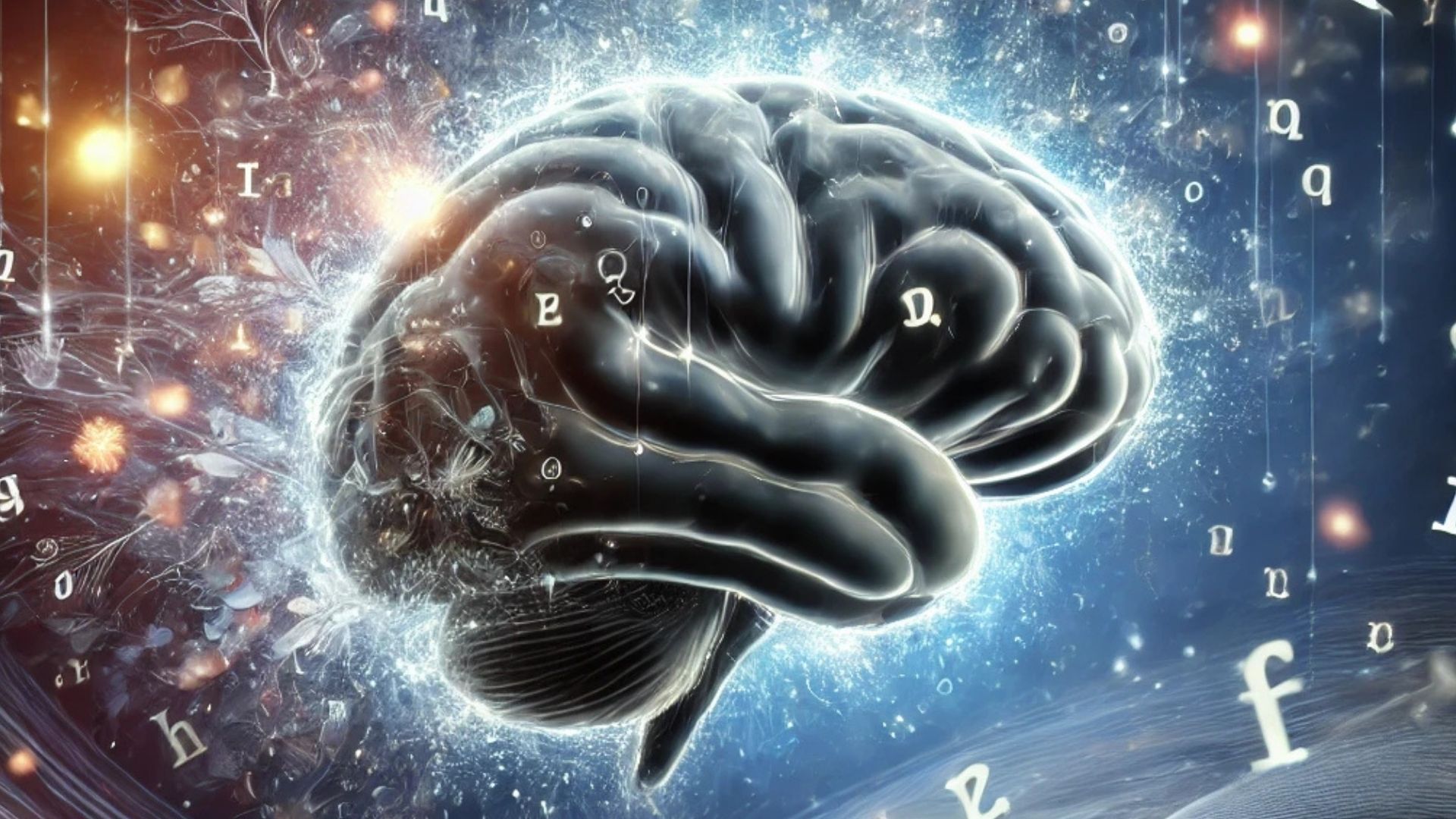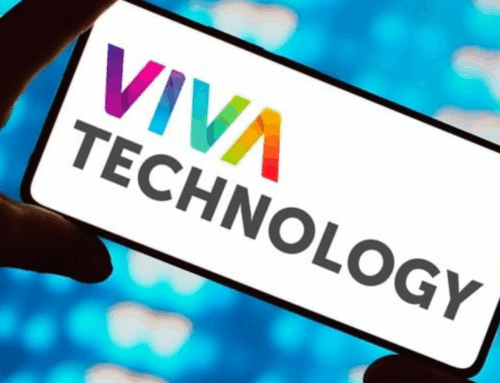Dyslexia is a learning disability that affects reading and writing, but its underlying causes remain a subject of active research. A recent study published in the journal Cognition by Icelandic researchers sheds new light on the role of visual information processing in dyslexia. These discoveries open up interesting prospects for a better understanding of this disorder, and for the development of appropriate approaches to support dyslexic individuals.

A deficit in rapid visual processing
The Icelandic study looked at how dyslexic people perceive and process visual stimuli. The researchers discovered that dyslexic individuals have difficulty in processing certain visual information quickly, which could partly explain their reading difficulties. By analyzing the speed and accuracy of image and letter processing, they observed a higher latency in the recognition of visual patterns and written characters.
This discovery is essential, as it confirms that dyslexia is not limited to a phonological problem (linked to the transformation of sounds into words), but also involves a neurovisual aspect.
A new hypothesis on dyslexia
Until now, most research into dyslexia has focused on phonological difficulties, i.e. the ability to associate letters with their corresponding sounds. This new Icelandic study suggests that a defect in rapid visual processing could be a key factor in dyslexia.
In other words, a dyslexic person may find it harder to quickly pick up and analyze the letters and words that flash before their eyes as they read. This delay in visual processing would lead to difficulty in assembling letters into words and making reading flow more smoothly.
Implications for supporting dyslexics
These results could have concrete applications in the development of new learning and support methods for dyslexic people. For example,
– ADAPTING reading materials: Use specific fonts, such as OpenDyslexic, that reinforce the distinction between letters.
– REDUCE visual overload: Space out letters and lines in texts to make them easier to recognize, use technological innovations based on pulsed light
– WORK on visual perception exercises: Train the brain to better capture and rapidly process written information using digital tools or educational games.
One step closer to a better understanding of dyslexia
Thanks to this study, research is making progress in understanding the complex mechanisms of dyslexia. While the phonological aspect remains essential, this new visual approach provides a more global vision of the disorder and its multiple facets. It also opens the way to innovative solutions that could improve reading and learning for those affected.
These advances are good news for researchers, teachers and parents seeking to provide better support for dyslexic children and adults. Science continues to explore these avenues, and each discovery brings us closer to better inclusion and adaptation of learning tools.






